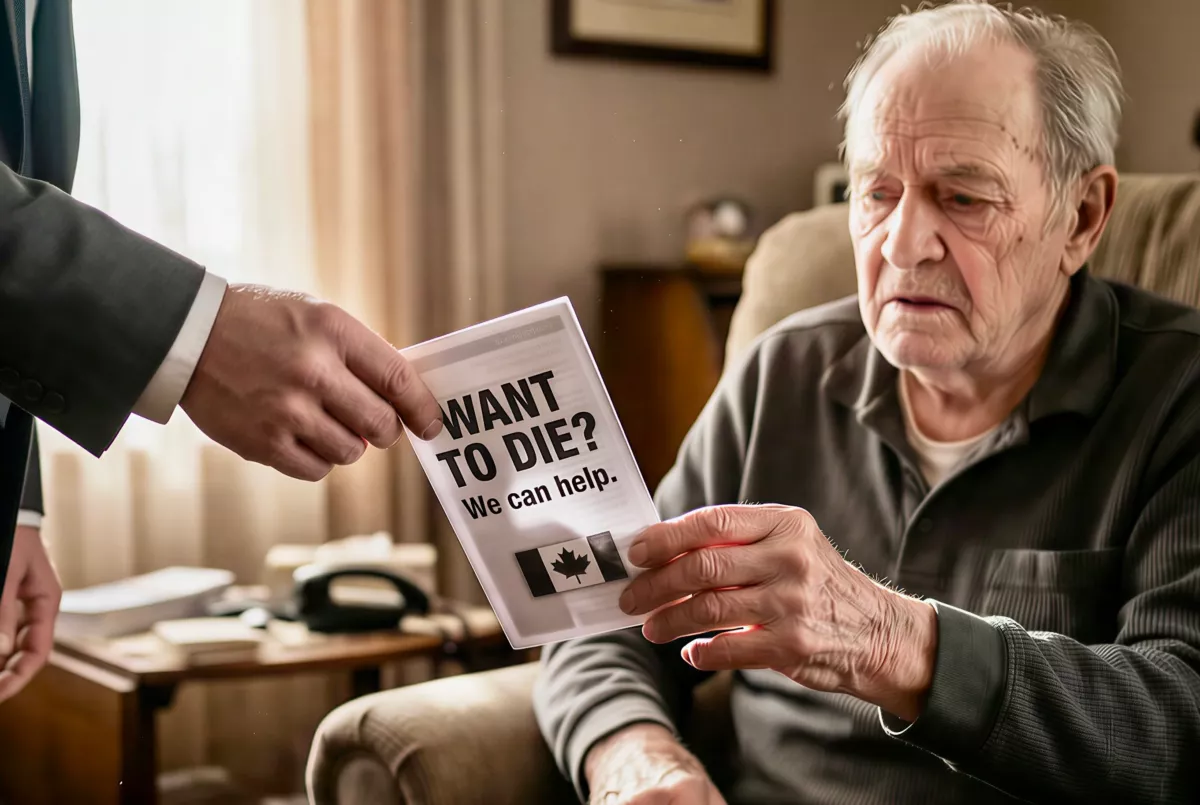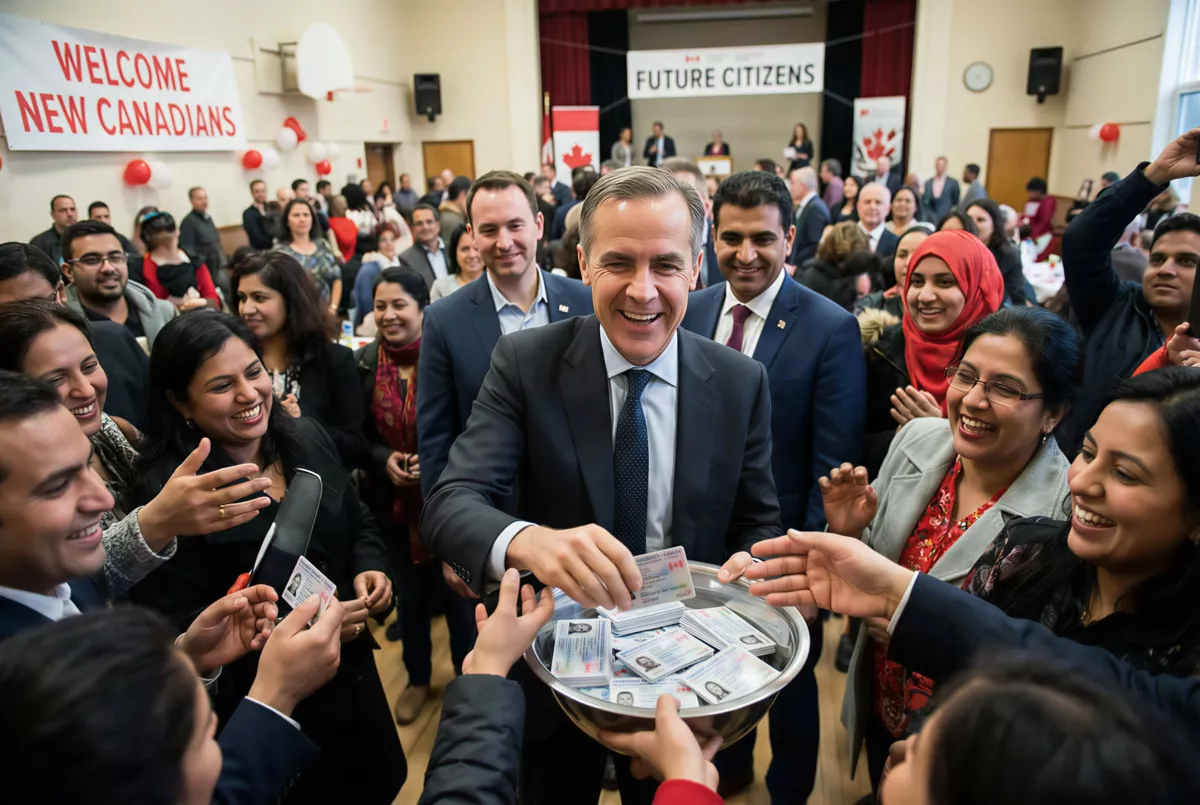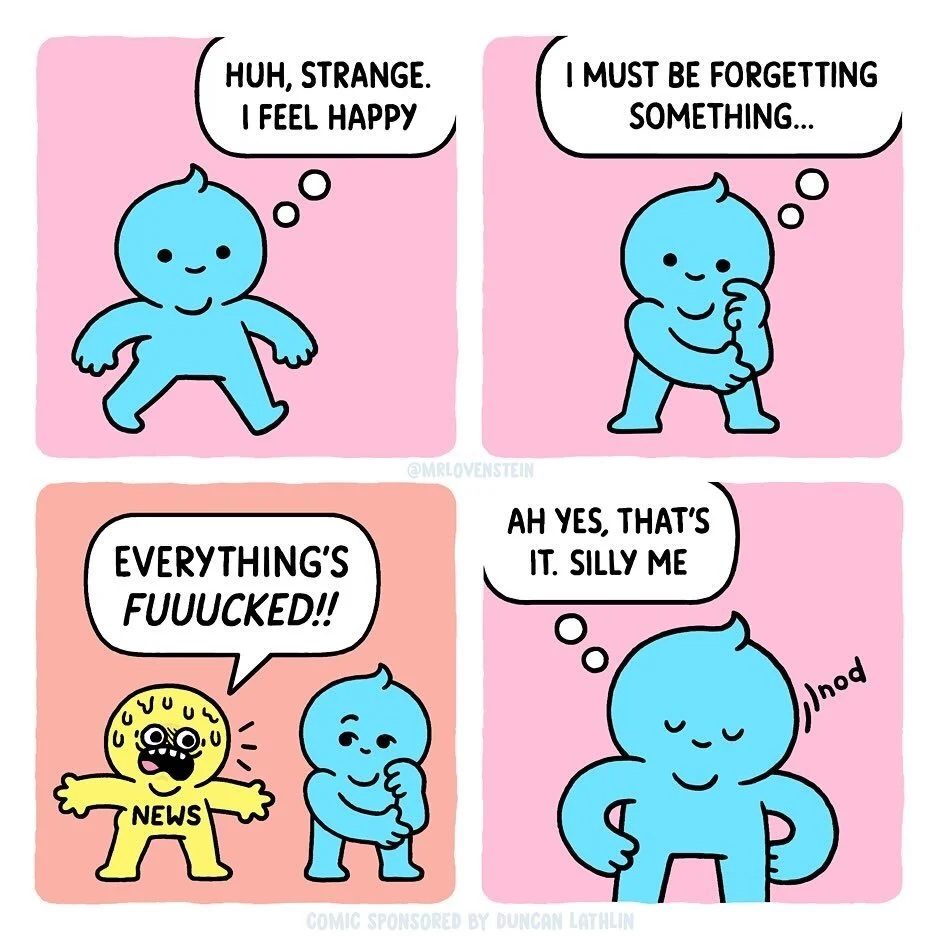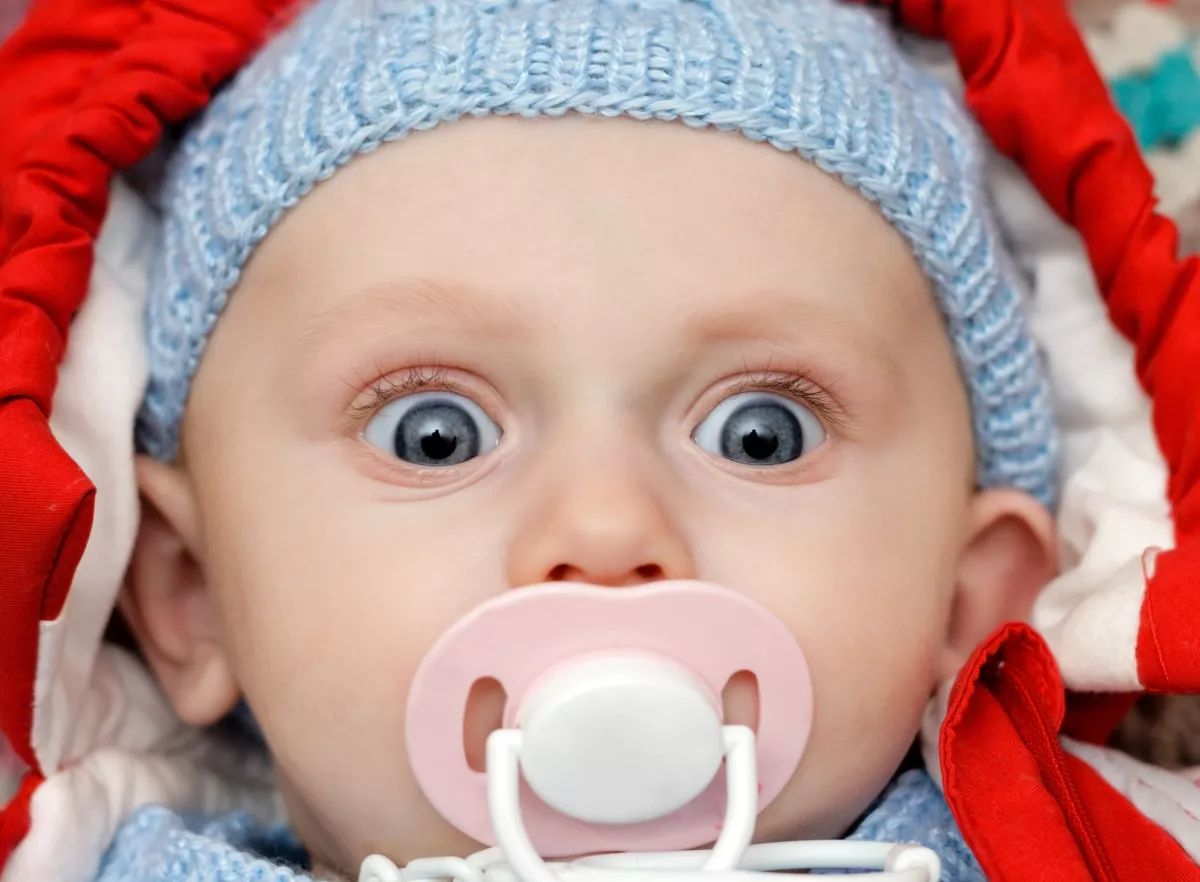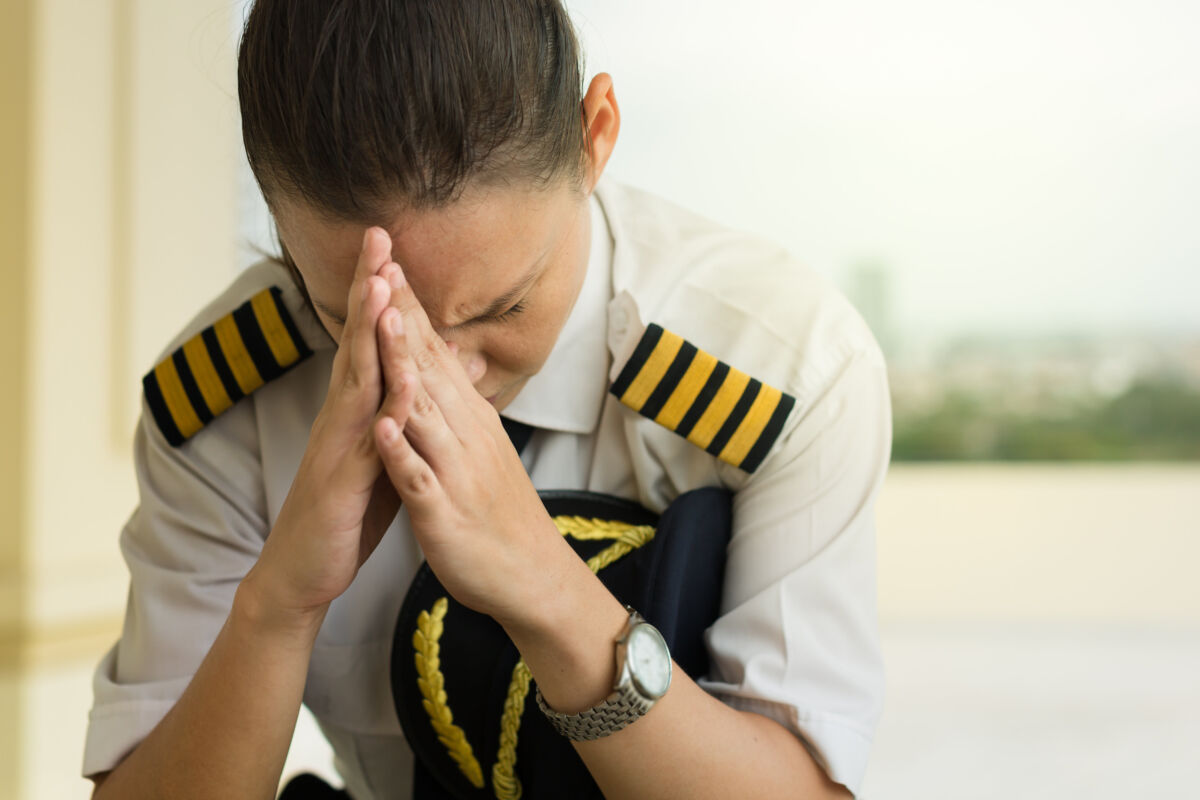The Unprecedented Crisis of Our Children’s Physical and Mental Health
By Kirsten Schruder
A little over a year ago, many children’s lives came to a crashing, confusing, halt. Everyday routines stopped. They were cut off from their friends, teachers, and for some, even from their extended families. Extracurricular activities like sports and music lessons abruptly ended. New words were being thrown at them like “covid”, “pandemic” and “isolate”. A feeling of fear and concern was felt in the air of many households as parents whispered to each other trying to figure out what was happening, what to do, and how to “do” for those two weeks.
As we all know, those two weeks turned into months. For many months children went without seeing their friends, without going to playgrounds, without playing their favorite summer sports, without being able to just be a normal kid.
Finally, schools reopened in September. But it would not be a normal school year. Strict mandates were put in place, including controversial ones, where students must wear masks and social distance.
Don’t lose touch with uncensored news! Join our mailing list today.
Children were already feeling the negative impacts of the lockdowns; depression and feelings of isolation were on the rise. (According to Kids Help Phone, 2020 saw a 51% increase of calls and texts from children as young as 5 to young adults.) And now they would be sent back to school where they were told to social distance from their friends and wear a mask throughout the day. That mask guideline even went a further step after Christmas break where children are now required to wear masks outdoors.
A year into this, we can all agree with the science that Covid-19 has spared most children from any severe illness. According to the Center for Disease Control (CDC), the risk of children dying of Covid is an extremely low risk of 0.00195%. Another important factor from CDC published data is that the transmission of Covid-19 among children in schools and daycares is very rare. Yet, regardless of the scientifically proven data, the debate around masking children continues.
According to doctors and child psychologists masking children has numerous negative impacts on both the physical and mental health of a child.
Some negative health impacts may arise from: the inhalation of nanoparticles that have been found on the surface of masks, mold and bacteria on dirty masks, or rebreathing of exhaled air.
A study was done on children with and without masks by Dr. Ross Hauser, Florida, using Transcranial Ultrasound Doppler examination. An important observation showed that, within seconds of a child putting on a mask, there was an immediate dilation of blood vessels in the brain. That dilation indicates the brain is under stress.
Hauser stated, “When you have hyperemia, which is the dilation of blood vessels, the movement of the blood flow to the brain moves at twice the speed. This is caused by stress due to the mask blocking the body’s ability to properly get rid of carbon dioxide. I also tested children when they exercised, while masked, and noticed the stress on the brain was far worse due to the higher accumulation of carbon dioxide. This has long term negative effects on children. Hyperemia causes anxiety. Overall, children who wear masks at long intervals, it is going to cause harm.”
The warning signs of stress include headaches, drowsiness, dizziness and reduced ability to concentrate. In social media groups, there has been an uprising trend in parents reporting their children experiencing some, if not all, of these symptoms.
Another negative physical effect, according to the Canadian Dental Association, is that dentists are reporting a rise in a phenomenon they are calling “mask mouth.” It is characterized by “receding gums, halitosis and cavities.”
Studies are still being conducted on other negative physical impacts of masks and the long-term major effects. But one can conclude that daily mask wearing is likely harmful to children’s bodies and brain.
Despite the possible negative physical impacts, the greatest crisis this past year may have been the decline of children’s mental health.
A major concern for pediatric and mental health experts is the rise in eating disorders among children and young adolescents.
In the CTV news article “Experts Say Pandemic Fuelling Apparent Spike In Eating Disorders Among Adolescents”, Dr. Ellie Vyer, Alberta Children’s Hospital, says their admissions more than doubled at her hospital and continue to rise. And it is happening Canada wide.
The Children Eastern Hospital of Ontario, (CHEO), says “there was 67 admissions between April 1 and October 31, 2020, a 63% jump from the same period in 2019.”
The cause of these spikes, according to Christina Bartha of Sick Kids, includes isolation, school disruption, negative social media exposure and stress, all which fuels unhealthy eating and exercise habits.
Bartha stated that there is little doubt that the “pandemic-fuelled turmoil has played a key role in driving up youth anxiety.”
Alongside the rise in eating disorder cases, suicide attempts and suicides in children are at a record high.
According to Simon, (Kids Help Phone), “10 to 15 of their daily 800 calls are active suicide rescues where police are called for backup.” Again, that’s daily.
The Hamilton Spectator article “McMaster Children’s Hospital Reports Rise in More Serious Suicide Attempts” quoted Medical Director, Dr. Olabode Akintan, who said, “The sharp increase in suicide attempts is an anomaly.”
From October to January, there were 26 youth admissions due to suicide attempts, in Hamilton alone, more than three times the seven recorded in the same time last year, 2019. The average age being 15 to 17.
Dr. Richard Delorme, head of the psychiatric department at the Children’s hospital in France, told the Associated Press admissions from children who have attempted suicide has increased. Reasons include; “I can no longer do my music (or sports),” “I can’t see my friends outside of school,” “I’m fed up with my mask,” “I miss my normal life.”
Delorme states they are very surprised by the determination and intensity of suicidal ideation in children. “We sometimes have children as young as 8 who already want to die. They have a genuine wish to end their lives.”
The recent child suicide spike is only the latest mortifying revelation showing us all just how big a toll these guidelines and restrictions have taken on children.
And yet the debate on masks and lockdowns continues. One of the statements often used is “The kids aren’t suffering. It is the parents who are making a big deal of the masks and pandemic.” But as evidence proves, children are obviously suffering.
We must protect the children. They are not responsible for protecting other adults. Children are the most vulnerable and they deserve to live as stress free as possible, both physically and mentally.
So, be a child’s voice. Write and express your concerns to your MP, MPP, Minister of Education and your Premier.
Finally, take some time to check in with your child and their mental state. Talk to them. Tell them their feelings matter. Tell them they are safe. Tell them they are not alone. And tell them they are loved.
“The way we talk to our children becomes their inner voice and strength.”
–Peggy O’Mara
Get Involved:
https://www.libertycoalitioncanada.com/saveouryouth




